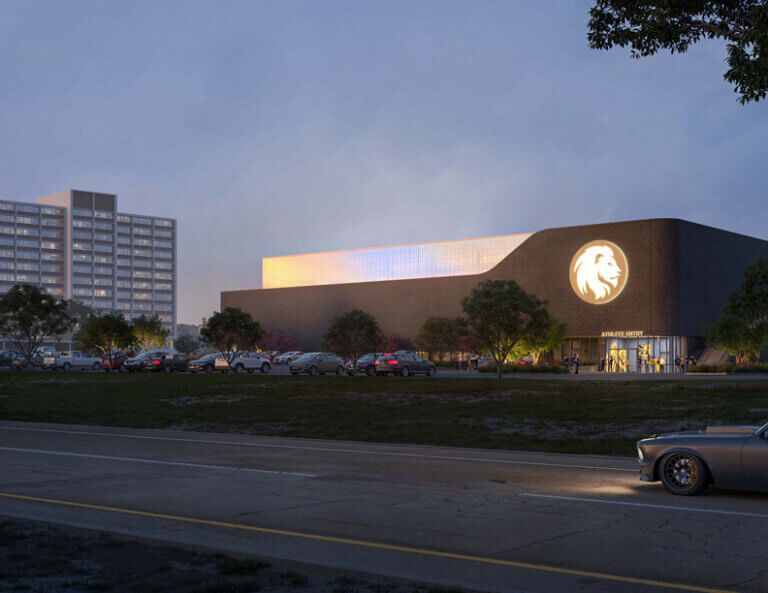
This article originally appeared on The Business Journals.
The most recent U.S. Chamber of Commerce Commercial Construction Index found a record 93% of general contractors were facing at least one material shortage in the third quarter. And 98% of contractors, an all-time high, say cost fluctuations for building products are having an impact on their businesses.
Sixty-two percent of contractors report less availability of building products and materials is their top concern related to the pandemic. That’s followed by worker health and safety concerns, 38%, and greater labor shortages, 37%.
Supply-chain headaches, backlog from manufacturers and sawmills that closed down last year, record-high demand for some real estate sectors, including housing, have all contributed to the persistent backlog. But it’s getting harder to predict which materials will be facing shortages, and when.
Mark Winters, vice president of pre-construction services at Birmingham, Alabama-based Hoar Construction LLC, said steel, bar joists and metal decking have been the firm’s biggest material problems in the past several months. Hoar Construction, which has offices across the Southeast, primarily develops commercial projects, including office buildings, high-rise apartment towers and retail developments.
Roofing materials, including insulation and membrane, have also more recently become challenging to procure, Winters added.
Andre Pintauro, president of Chicago-based Evergreen Construction Co., said it’s become feast-or-famine for materials for a lot of firms. It’s difficult to advise owners on how much materials may affect their projects, even when pricing out similar deals recently completed by the same firm, because of how much volatility there is in costs, Pintauro said.
Evergreen Construction does a lot of projects in multifamily, including affordable and senior housing. Even apartment-renovation projects, which typically take six months to do, are taking closer to nine months to finish, Pintauro said.
Lead times for some materials are seven to 10 months, compared to what used to be about three months, Winters said. It’s caused some owners to change up the design on projects, to avoid having to use materials facing the shortest supply, but those decisions come down to cost ultimately.
“On some projects, like design-build projects that we’re providing the design on, we’re earlier in the process, so it’s a little easier to make those decisions,” Winters said. “In other cases, where we’re not in charge of the design … we may be too far down the road. You’re more or less stuck with what you have and you have to work around it.”
Lumber has been one of the biggest material woes for the construction industry since the pandemic but pricing for that commodity began to drop this summer. Now, steel is reported by contractors as the material facing the biggest challenge, with 34% of contractors surveyed by the U.S. Chamber index in Q3 reporting steel shortages. Still, 31% reported wood and lumber shortages, down slightly from 33% in Q2.
Pintauro said some construction firms have the ability to stock up on supplies, whether appliances or PVC pipes, ahead of a project, but a firm like Evergreen isn’t big enough yet to be able to do that.
“It’s construction: Every single year, you’re going to get something, but in the last year, it’s really been crazy,” he continued. “It’s a moving target. There’s not much that you can control unless you’re holding on to inventory.”
Construction-related cost increases in years past were typically 2% to 3%, Winters said. In the past year to 18 months, that’s tracked closer to 5% to 6%.
Materials that are facing shortages and associated price-spikes are also changing, making it difficult to plan ahead and budget.
“We try to forecast and prepare our clients for where costs are headed but we don’t foresee everything,” Winters said. “There seem to be more surprises lately.”

